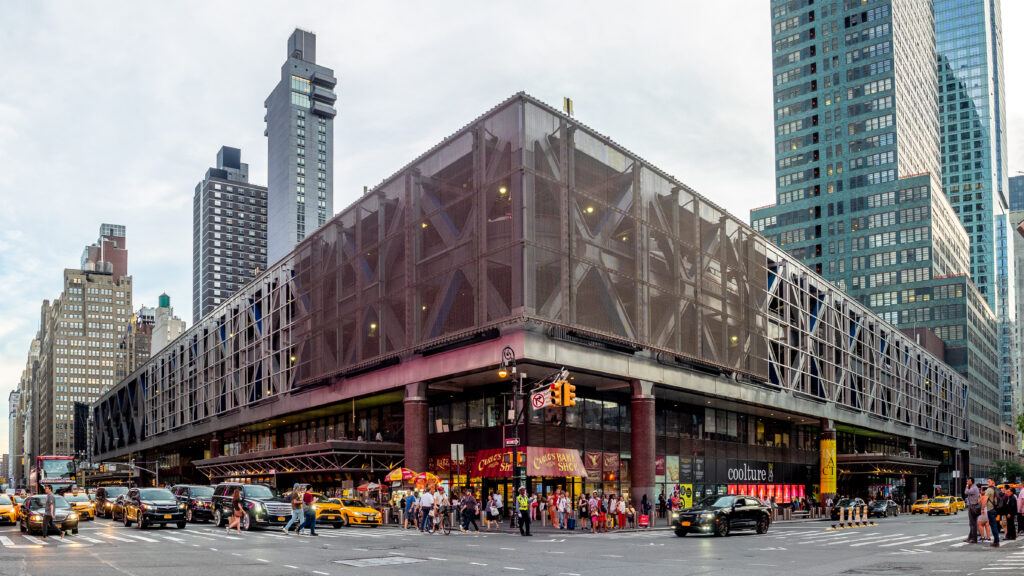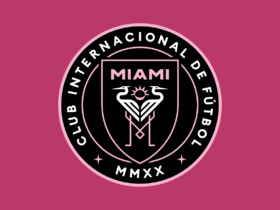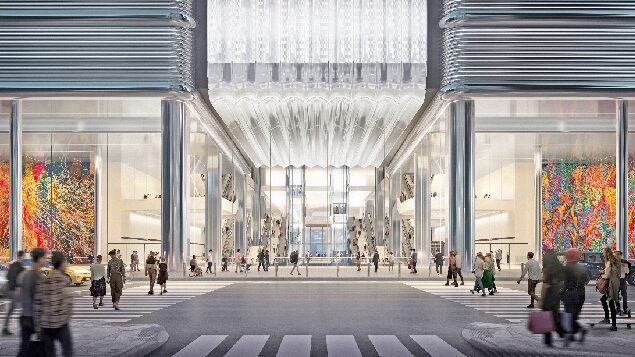New York City’s Midtown Manhattan bus terminal replacement project is moving forward after an agreement was reached between the Port Authority of New York and New Jersey (PANYNJ), New York Governor Kathy Hochul and New York City Mayor Eric Adams.

The proposed $10 billion rebuild of the country’s largest and the world’s busiest bus terminal advanced after the PANYNJ released updated plans originally pitched in 2021. The agency, which owns and operates the terminal, submitted a draft environmental impact statement and a revised project plan based on feedback from commuters, residents and local officials.
The city has committed to supporting the project with 40 years worth of tax revenue, which will help PANYNJ raise $2 billion, 20 percent of the project’s cost.
“The Midtown Bus Terminal is a fixture in many New Jerseyans’ daily lives, helping them get into or out of New York City,” said New Jersey Gov. Phil Murphy. “This project will ensure New Jersey commuters have access to safe, reliable public transit in a cutting-edge facility that balances our transportation needs with our environmental concerns.”
The revised plan includes a 2.1-million-sq-ft main terminal with a light-filled atrium entrance, a bus storage and staging facility, and ramps directly connected to the Lincoln Tunnel. In addition, three new commercial developments will be built on top and around the new bus terminal, along with 3.5 acres of community green space.

“For decades, New Yorkers have watched the Port Authority Bus Terminal deteriorate from the world-class facility it was in the 1950s to the stain it is on Midtown today,” said New York City Mayor Eric Adams. “Our investment over the course of the coming years, and our partnership with the Port Authority, will help develop a new crown jewel for Midtown – a state-of-the-art bus terminal that will add acres of new public space and storefronts, decrease congestion in Hell’s Kitchen, and improve the commuter and community experience in and around the terminal for both New Yorkers and visitors to the greatest city in the world.”
Designed with projected 2040-2050 commuter growth in mind, the revamped Bus Terminal will replace the decrepit, obsolete structure with a long-overdue world-class facility, capable of providing a best-in-class customer experience and kick-starting the economy of the surrounding community.
“Today’s announcement of an agreement between the city and the Port Authority for the financing of a new Midtown Bus Terminal enables us to create a world-class gateway that will dramatically improve travel to and from the city while also improving the quality of life for the surrounding communities,” said Port Authority Executive Director Rick Cotton. “With the city committing revenue to fund up to 20 percent of the project, we will be able to advance our revised plan that is more costly but adds significant community benefits to the project.”
The $10 billion world-class facility will feature a new 2.1 million square foot main terminal, a separate storage and staging building, and new ramps leading directly in and out of the Lincoln Tunnel. The revised project plan also features a proposal for the permanent closure of a portion of 41st street between Eighth and Ninth Avenues for the implementation of a central main entrance, more street-level retail, and a multi story indoor atrium and new public open space, a haven from the crowded city streets.
The project is also expected to create 6,000 high-paying union construction jobs. These jobs will undoubtedly be in high demand throughout the multiple phases of construction, with a temporary terminal and new ramps slated for 2028 and a new main terminal for 2032.
“The replacement and expansion of New York City’s Midtown Bus Terminal is a necessary, large-scale project that will improve our major infrastructure and boost our economy, all while creating thousands of family-sustaining union careers,” stated Gary LaBarbera, President, Building and Construction Trades Council of Greater New York. “Our tradesmen and tradeswomen look forward to streamlining this project and pursuing the paths to the middle class that it creates for them and their communities.”
The Port Authority’s Plan for the new Midtown Bus Terminal reflected public feedback from extensive community outreach, including input from New York City commuters, local community boards, neighborhood coalitions, and elected officials. Several of the wide-ranging community benefits include:
- Added capacity to allow curbside inter-city buses that pick-up and drop-off on city streets to move their operations inside the bus terminal and off the streets
- The creation of nearly 3.5 acres of publicly accessible open space on Port Authority property on Dyler Avenue, restoring and improving connectivity for pedestrians and the community.
- New street-facing concessions and retail amenities, and as well as more of the same inside the terminal proper.
- The construction of significantly improved and attractive facades, transforming the Bus Terminal from an eyesore to an aesthetic asset to the surrounding neighborhoods. The design includes an iconic atrium entrance on the intersection of West 41st Street and Eighth Avenue.











